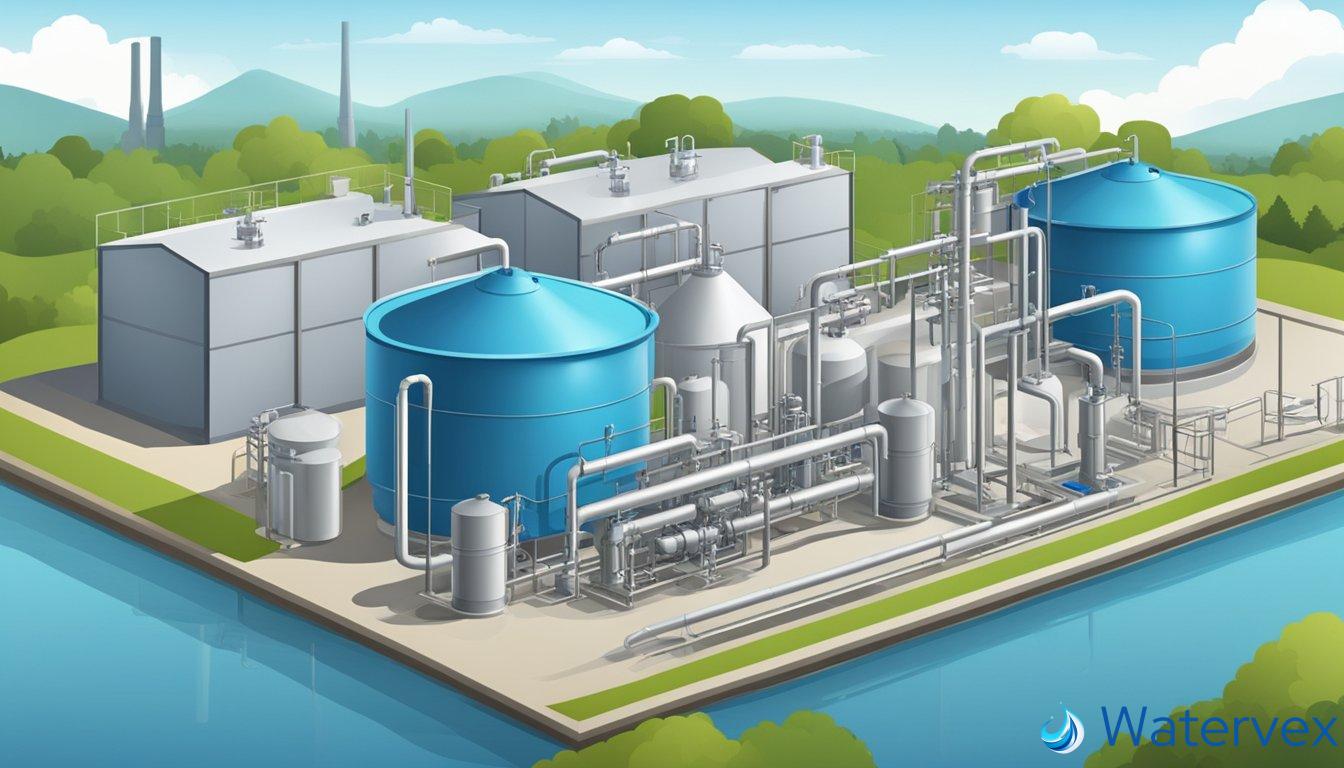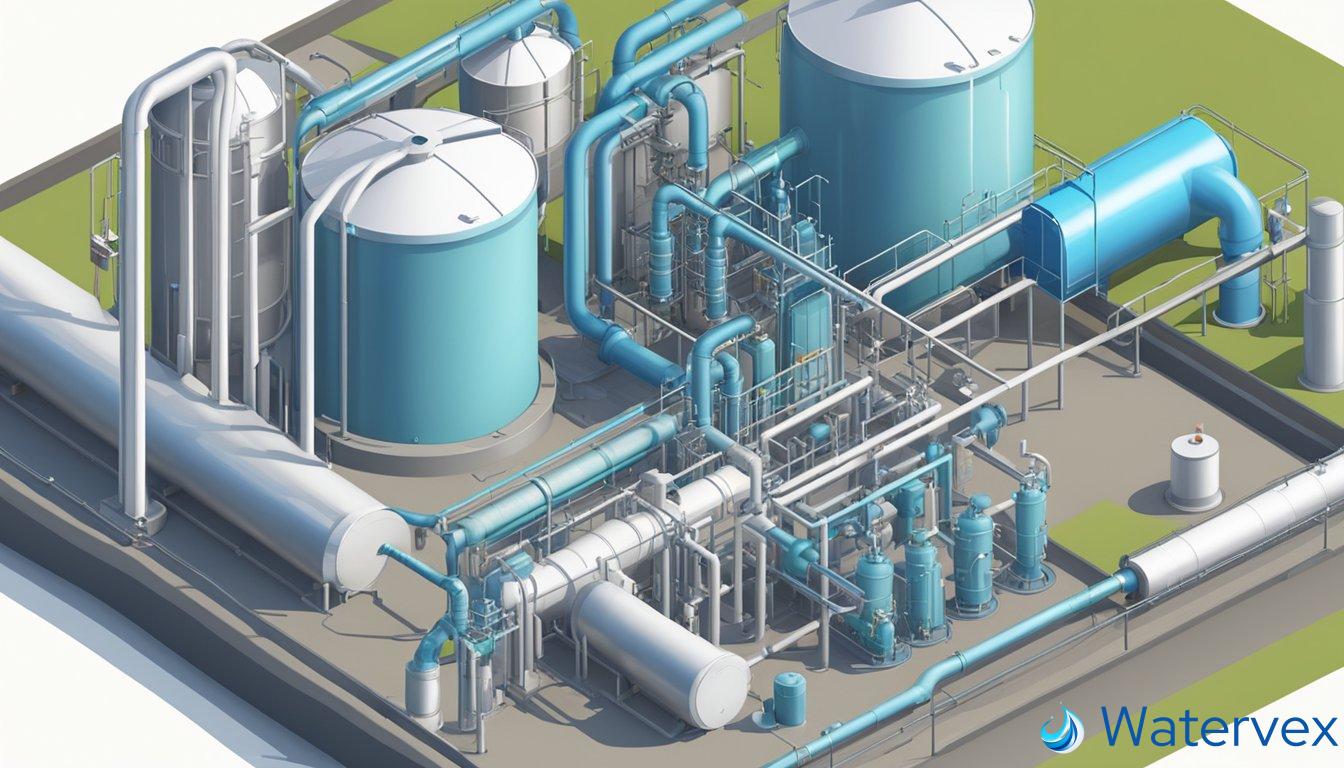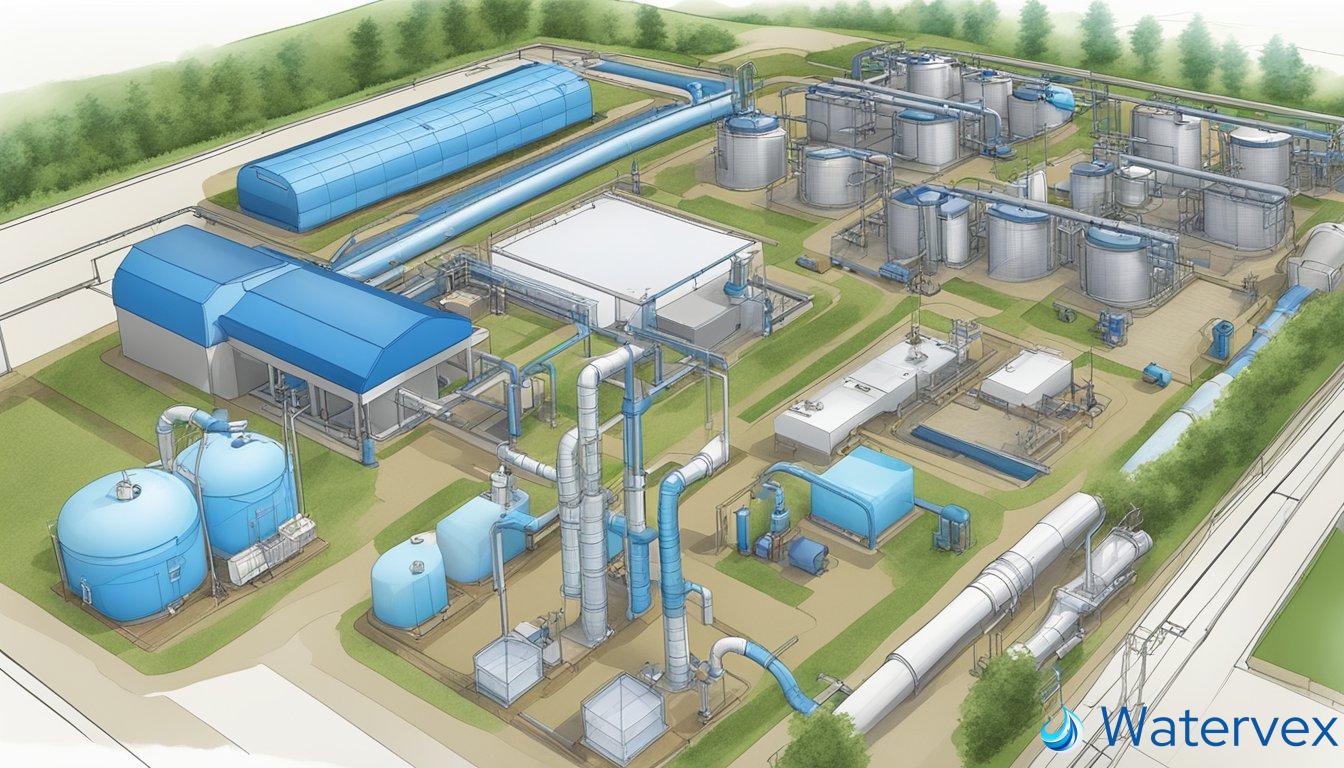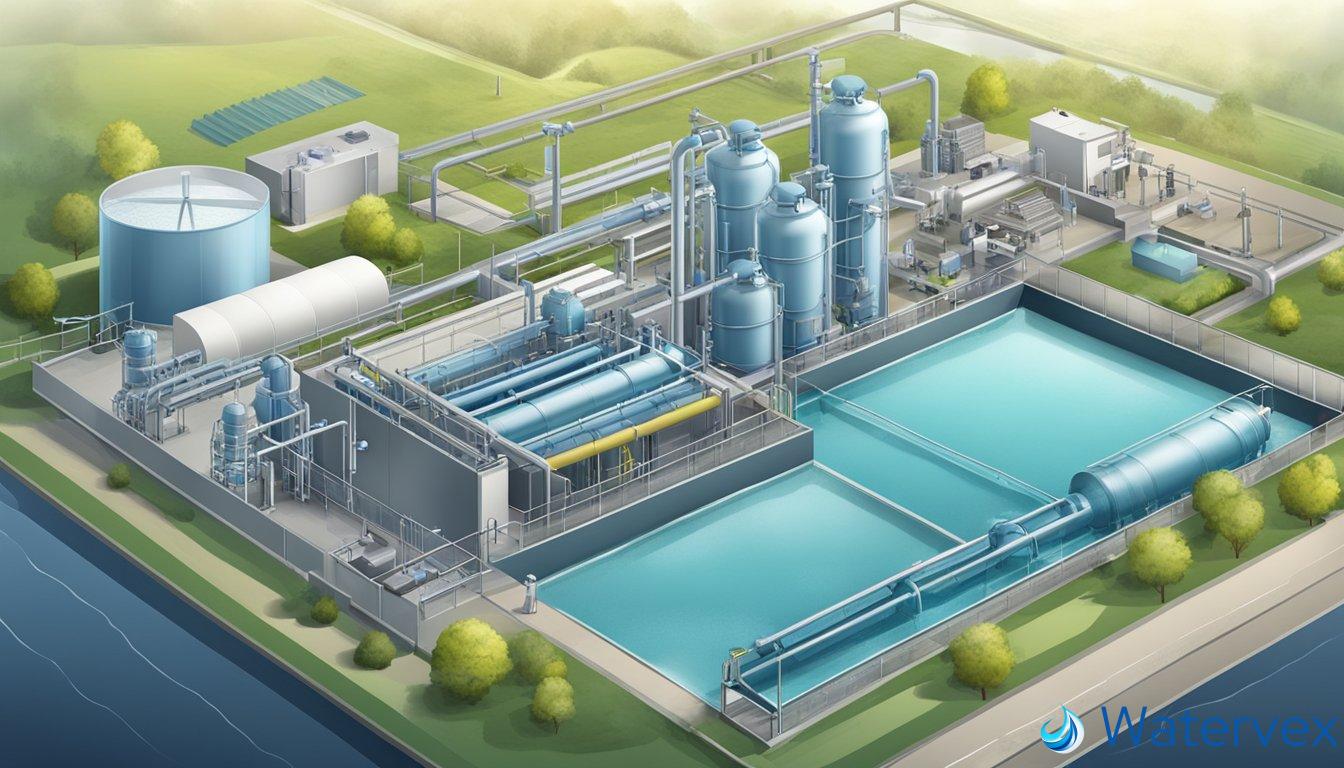Water treatment in civil engineering is a sophisticated and vital field that ensures the quality and safety of water for communities worldwide. By employing a variety of engineering solutions, civil engineers play a crucial role in the design and management of systems that treat and deliver water for public use. Their work encompasses everything from sourcing and purification to distribution, focusing not just on the functionality of these systems, but also on their sustainability and impact on public health.

The design of water treatment systems takes into account numerous factors including local water conditions, demand, environmental regulations, and public health concerns. Civil engineers work on creating efficient systems that remove contaminants and pathogens, ensuring the water is safe for drinking while also considering the longevity of the systems they implement. Innovations in water treatment also contribute to extending the lifespan of plumbing and appliances by addressing issues like scale buildup, enhancing the quality of water, which benefits both the health of families and the longevity of their household systems.
Key Takeaways
- Civil engineers are crucial in the safety and management of water treatment systems.
- Innovations in water treatment contribute to public health and appliance longevity.
- Efficiency and sustainability are core concerns in water treatment engineering.
What Is Water Treatment in Civil Engineering?

Water treatment in civil engineering is a multi-faceted discipline focusing on the removal of contaminants from water to achieve water quality that meets specified standards. This sustainable infrastructure is crucial for ensuring that both groundwater and surface water are safe for human consumption, as well as for industrial and environmental use.
At the heart of this process is the water treatment plant, a hub where water undergoes various treatment stages. Initially, physical treatments like sedimentation and filtration remove suspended particles. Imagine a giant strainer that catches solids from water — that’s your first line of defense.
Then, chemical treatment steps in, using agents such as chlorine to perform disinfection, effectively eliminating harmful microorganisms that could pose health risks. It’s not just about adding chemicals; it’s a carefully balanced act to ensure your water is both clean and safe.
Biological treatment methods use microorganisms to break down organic matter in wastewater. Think of these microbes as tiny workers cleansing the water as it passes through their habitat.
Now, consider the water quality parameters. Civil engineers must design treatment systems to adjust these parameters, including pH, turbidity, and mineral content, ensuring water is compatible with the health concerns of families and the functioning of household appliances.
Designing a water treatment plant isn’t just about erecting structures. It’s about crafting a seamless flow from contaminants removal to the final delivery of potable water, with sustainability in mind. It means striking a balance between effectiveness and environmental impact.
When you look at your tap water, remember the intricate dance of biological, chemical, and physical processes it went through to get there. Civil engineers play a critical role in creating these essential systems, providing the convenience and safety you rely on every day.
How Do Civil Engineers Design Water Treatment Systems for Home Use?

When designing water treatment systems for home use, civil engineers combine scientific principles with practical planning to ensure that your water is safe and clean.
Understanding Water Treatment System Requirements
Before developing a water treatment solution, engineers must understand your specific needs. Water composition in your locality may have unique characteristics such as high mineral content, necessitating a customized approach. The design starts with identifying contaminants like calcium, magnesium, or iron and matching these to treatment methods like reverse osmosis (RO), ion exchange, or adsorption. For homes concerned with mineral hardness, softening is often a key requirement. These steps are essential to achieve a suitable design that addresses the particularities of your water supply.
Incorporating Design Criteria in Water Treatment
Post-requirements understanding, planning and process design take center stage. Civil engineers employ various technologies to create a comprehensive treatment system. RO systems may be used to demineralize water, while ion exchange purifies by swapping undesirable ions with harmless ones. Adsorption techniques utilize materials like activated charcoal to remove contaminants. Nutrient removal is vital for maintaining an ecological balance, and engineers expertly integrate these processes into a system manageable through routine construction management. The design process takes into account not just the technical aspects but also ease of maintenance, ensuring you can manage your home’s water system efficiently.
The Health Benefits of Engineered Water Treatment Solutions

Water treatment facilities play a crucial role in protecting public health. By using advanced civil engineering technologies, they remove pathogens and contaminants that can cause illness. For instance, when you turn on the tap, you might not realize that engineered systems are ensuring your drinking water is safe.
- Pathogen Removal: Advanced filtration and disinfection processes target harmful microbes. This means waterborne diseases are significantly reduced, safeguarding your family’s health.
- Maintenance of Systems: Regular upkeep of water treatment systems not only prolongs their life but also ensures consistent removal of contaminants from your water supply.
Further, these facilities contribute to the availability of clean drinking water. They implement rigorous testing and treatment cycles that:
- Eliminate disease-causing bacteria and viruses.
- Take out chemical toxins that are harmful over long-term exposure.
Safe drinking water is paramount to everyday health, and effective water treatment becomes a silent guardian against unseen threats. Through careful water treatment, significant strides in public health are made—reducing the prevalence of water-related diseases and promoting overall well-being.
By ensuring your drinking water quality, you’re not just improving the taste, you’re also protecting your home. Reduction in mineral buildup extends the lifespan of plumbing and appliances, and it can save on maintenance costs down the line.
Remember, every glass of water from your tap represents a complex engineering feat focused on keeping you and your loved ones healthy.
Professional Development in Water Treatment Engineering
As you seek to advance in water treatment engineering, you’ll discover that continuous learning and connection with industry leaders lead to career growth.
Educational Pathways and Certificate Programs
Water treatment engineering demands a strong educational foundation paired with specialized training. Many engineers start by obtaining a Master of Science in Civil Engineering from institutions like USC, where focused coursework in areas such as smart-system design, unit processes, and biological processes is common. Moreover, dedicated certificate programs often provide comprehensive knowledge and credentials in less time than a traditional degree. For example, the American Society of Civil Engineers (ASCE) offers a Water Treatment Certificate Program designed for current engineers and managers in the field. Such programs delve into the societal and regulatory context of water treatment and typically feature a schedule of classes led by instructors and experts like Lee H. Odell. Participants can earn professional credits, like PDHs, and for licensed professionals, these can count towards P.E. license renewal.
| Certificate Program | Learning Outcomes | Credits Offered | Open To |
|---|---|---|---|
| ASCE Water Treatment | Smart-system design, unit processes, societal context | PDHs | Members & Non-members |
Involvement in Professional Organizations
Joining professional organizations isn’t just about attending conferences; it’s about becoming part of an engaged network of professionals committed to water and waste management. As a member of entities such as the American Water Works Association (AWWA), you get access to a wealth of resources tailored for engineers who work tirelessly to ensure water safety. Additionally, those associations frequently provide learning opportunities that focus on the latest water treatment technologies and environmental best practices. Advantages include networking with field experts, regulatory updates, and even mentoring opportunities for emerging engineers.
| Benefits of Joining AWWA | For Whom |
|---|---|
| Resources for current trends | Engineers |
| Access to mentoring | New professionals |
| Regulatory and safety standards updates | Managers & Experts |
Remember, in the fast-evolving world of water treatment, your professional development is a critical component of your career trajectory.